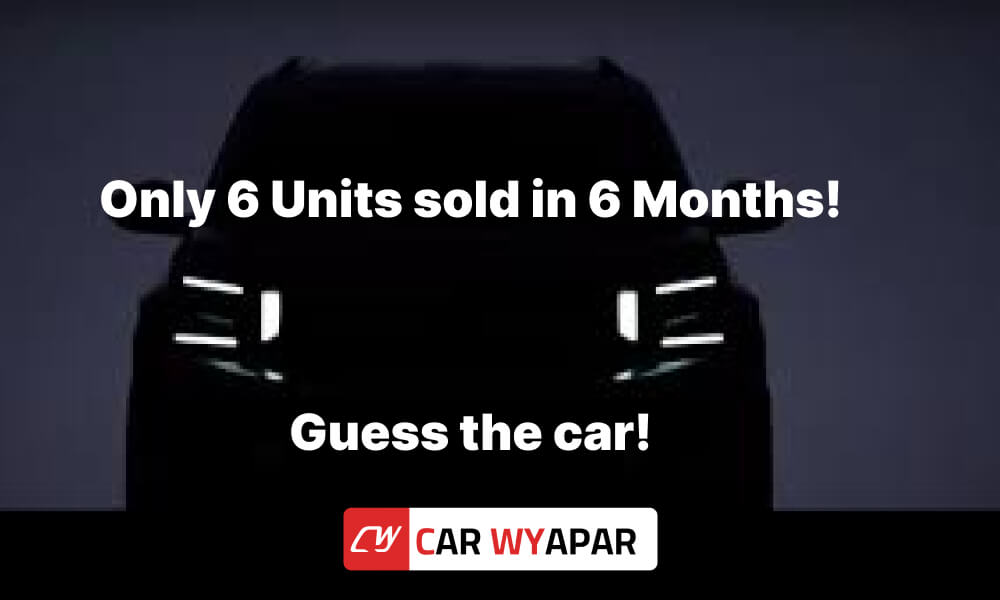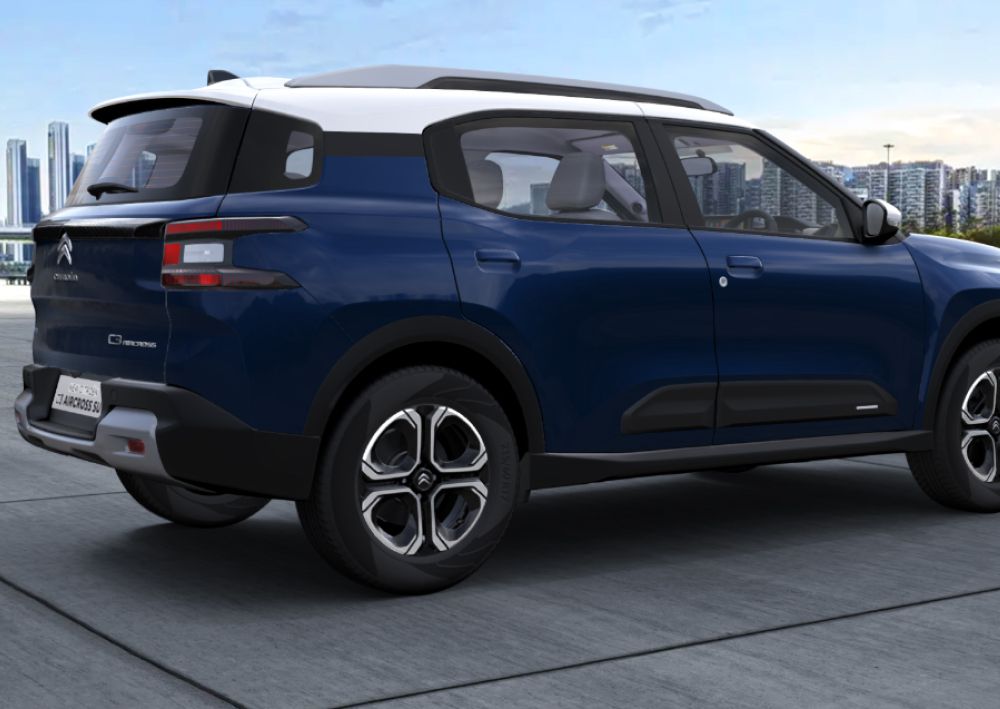worst selling car in india: Only 6 units in 6 months
Published On 8/12/2024, 6:21:08 pm Author Mohit TanejaThe Baleno sold 16,293 units in November 2024, making it the best-selling car of the month. In contrast, another car priced similarly to the Baleno sold just 6 units in 6 months. Let’s explore why this car has struggled in comparison.

The automotive world is a tough place. Some cars zoom to the top, while others barely get off the starting line. Unfortunately, the Citroën C3 Aircross seems to be in the slow lane.
Despite being a stylish and innovative car from a renowned brand, this little SUV has struggled to find its audience in India. In the past six months, only six of these cars have found new homes. That's a pretty disappointing number, especially considering the hype surrounding its launch.
It's a bit of a mystery why the C3 Aircross hasn't taken off. Perhaps it's the price, the features, or something else entirely. Whatever the reason, it's clear that Citroën has a lot of work to do if they want to make a splash in the Indian market.

It's truly baffling that while other foreign brands like Fiat have managed to carve a niche for themselves in the Indian market, Citroën's C3 Aircross has been struggling. The Fiat Punto, for instance, never quite hit the bestseller charts, but it still managed to attract a loyal following and secure a decent market share. Fiat has packed up, but surely left impressions with Punto and Linea.
Let's understand why Citroen cars are struggling:
1. Brand Grip in the Indian Market
Citroën entered the Indian market with big aspirations, but the brand’s recognition is still in its infancy. Maruti Suzuki, Hyundai, and Tata Motors are household names that offer everything from affordable hatchbacks to feature-packed SUVs. In contrast, Citroën, despite its global reputation for innovation and design, is still seen as an outsider.
2. Limited Dealer Network and Service Stations
One of the biggest hurdles Citroën faces is its small dealer network and limited service stations in India. India is a country where after-sales service is incredibly important—buyers need the assurance that their car can be easily serviced and repaired. When a new brand like Citroën lacks a widespread service network, it creates anxiety among buyers. They might think twice about purchasing a car if they fear it could become a hassle to maintain in the long run.
3. Resale Value Concerns
In India, resale value is a significant factor in any car purchase. Buyers want to know that their car will retain some value over time in case they decide to sell or trade it in. However, Citroën’s lack of a proven track record in India leaves the C3 Aircross in a precarious position.
Cars from established brands have predictable resale values because people are familiar with the brand’s performance, reliability, and long-term durability. In contrast, a relatively unknown brand like Citroën, with a low presence in the second-hand market, can’t offer that same level of certainty. This creates a resale anxiety, where buyers fear that they won’t be able to get a fair price when it’s time to sell the car. For many, this is a dealbreaker.
4. Outdated features at competitive prices
Another reason for the Citroën C3 Aircross’ lackluster sales could be the perception that the car feels outdated or "retrofit." While the design might seem fresh on the surface, many buyers have pointed out that it feels like the car is just a mix of older components, with some aspects of the interior and tech looking outdated compared to what competitors offer at similar prices. This sense of cost-cutting and retrofit parts leads to the perception that the car isn’t truly "new" or innovative, especially in a market like India where consumers are looking for modern features, high-tech infotainment systems, and stylish interiors. When the car doesn’t feel fresh, or like it’s been built using cost-saving measures, it doesn’t create the excitement that new cars typically should, leaving buyers unimpressed and hesitant.
















